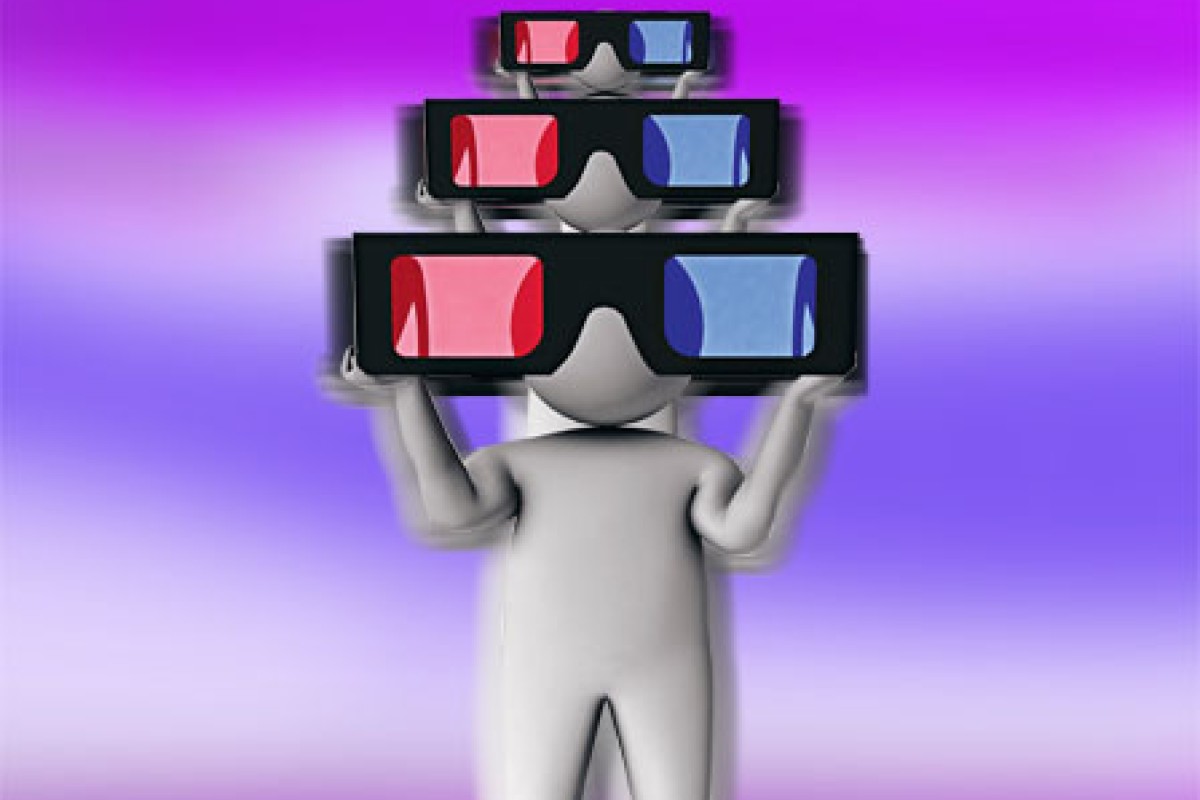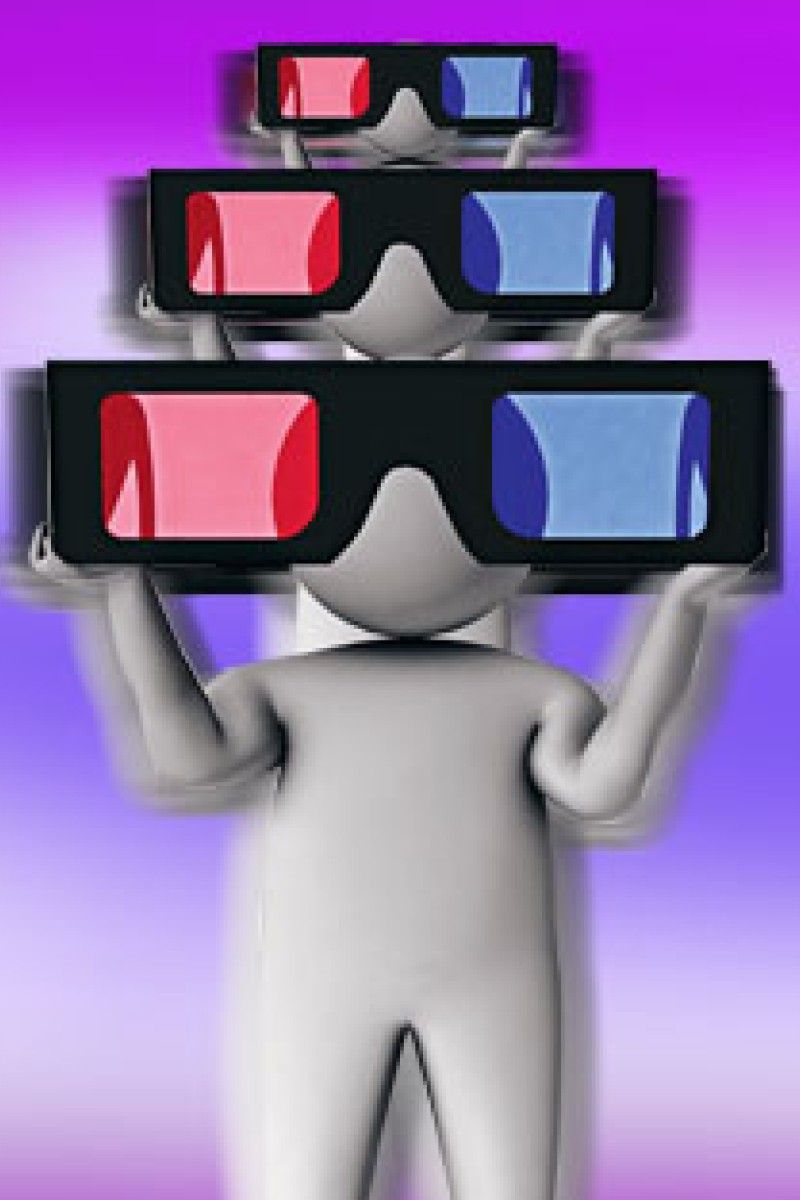
At this point, it is too early to ponder the potential longevity of 3D. It is even more futile to debate its legitimacy in films, especially since it is still linked to animation.
Few may know, however, that in one form or other, 3D technology has been around for more than 100 years but were deemed too impractical for the mainstream. British scientist and inventor Charles Wheatstone found that the illusion of depth was created by slightly altering a single image in each eye. It was called 'stereoscopy'.
In the 1980s, 3D films were more about spectacle than storytelling. Mirroring the early days of cinema, these movies were created to showcase the technological side of 3D at the expense of plot and narrative.
In fact, many of the early releases were not feature films - they were shorts, usually not exceeding 20 minutes. They were basically footage of dangerous scenarios. For example, moviegoers experienced the thrill of balls flying directly at their face, people walking across a tightrope 50 metres above the ground, or being positioned within a short distance of a swinging demolition ball. These films had one goal in mind: to make you flinch and increase your heart rate.
It was the Hollywood blockbuster Avatar that gave credibility to 3D films. Avatar's 3D effects complemented the film and helped viewers immerse themselves in the lush wilderness of the alien planet Pandora. Avatar is not a 2D film converted into 3D; it is a carefully crafted motion picture using 3D to enhance the visuals.
3D technology is a complicated science. It uses quirks in human vision to add depth to images on screen. The technology is based on the idea that light travels in a predictable way and can be easily filtered with coloured screens or lenses.
Older 3D technology used an 'anaglyph image' composed of two different colours - red and cyan, or blue. Viewers would wear flimsy cardboard glasses with red and cyan lenses: the red lens makes red appear white, while the cyan makes cyan appear white.
Essentially, your right and left eye see the same image but in a slightly different position, creating a single image with a perception of depth - hence the name 3D, or three dimensional. The major downside of this system is that the colours on the screen tend to bleed into one another.
The latest 3D films, such as Avatar and Shrek, are created digitally. The idea is basically the same but the technology is used in a more sophisticated manner. Instead of filtering light with coloured lenses, digital 3D uses a process called 'polarisation'. Polarisation controls the direction lightwaves travel using filters. In new 3D glasses, the filters in each lens are slightly different, so each eye receives a different image, creating a 3D effect.
A recent Young Post survey suggests that more than 50 per cent of respondents preferred 3D to traditional 2D - but only for certain types of films.
Although the poll is not conclusive, it does provide a glimpse into teenage tastes, and quite often teens have the potential to make or break an emerging trend.
<!--//--><![CDATA[// ><!-- PDRTJS_settings_2354068 = { "id" : "2354068", "unique_id" : "default", "title" : "", "permalink" : "" }; //--><!]]>